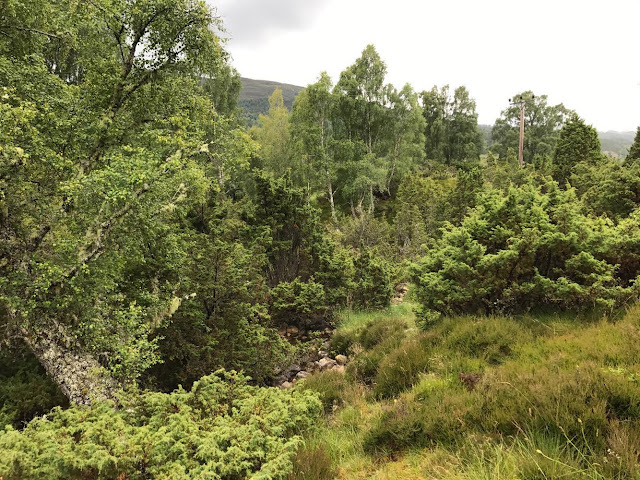European Rewilding for More than the Wealthy

Longhorn Cattle Grazing at Knepp Estate, West Sussex, 2017 (Photo Author's Own) Rewilding at its core is letting nature ‘get on with it.’ Much conservation & land management involves a huge amount of human meddling and intrusion and tends to maintain a ‘wilderness’ that is merely traditionally and aesthetically accepted. Nature has all of the necessary components in-built, but humans have altered these workings to the point that certain essential species have become extinct or extirpated (total removal of a species from an area) from countries that now have an impoverished wilderness. If we reintroduce some of these species we could spark a chain reaction that enriches wildlands. The most heavily cited success is the reintroduction of wolves to Yellowstone National Park in 1994. (Farquhar) The wolves keep deer numbers in check by hunting the slowest and weakest of the herd, and keep them on t...





